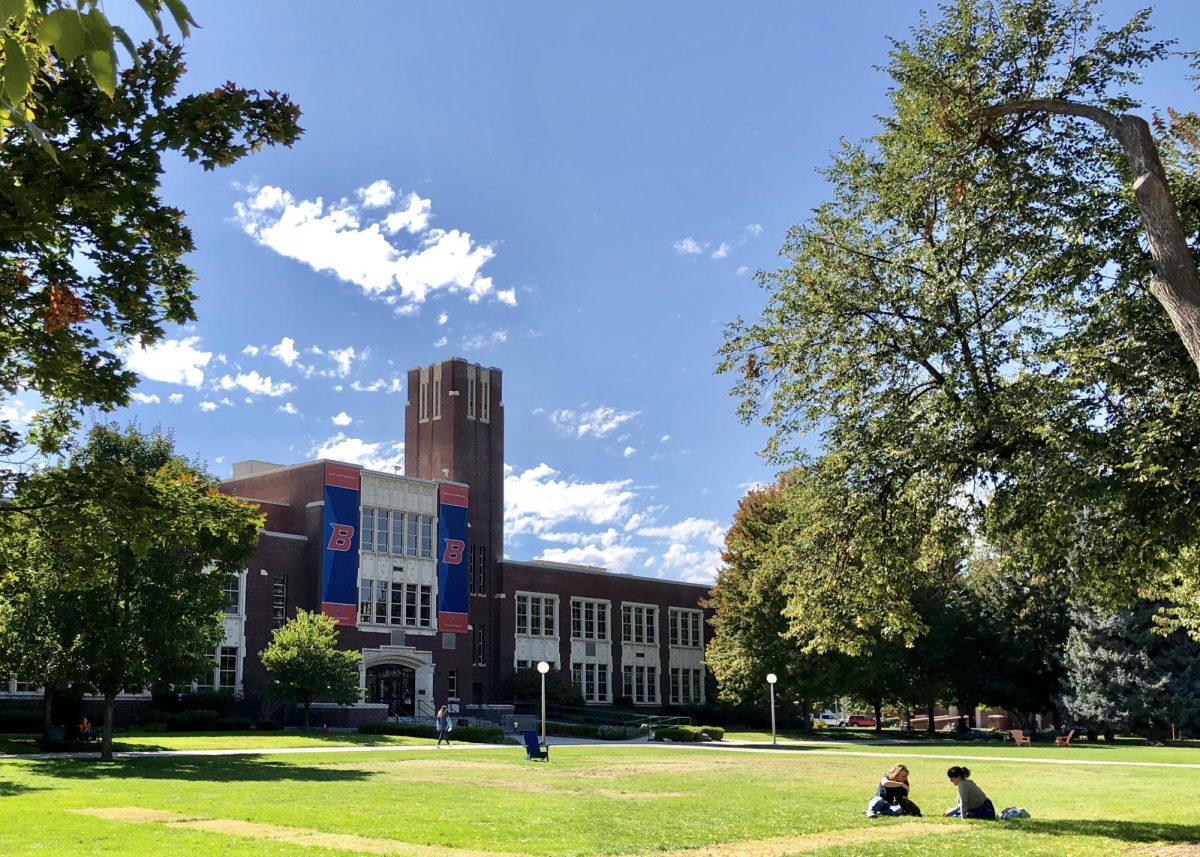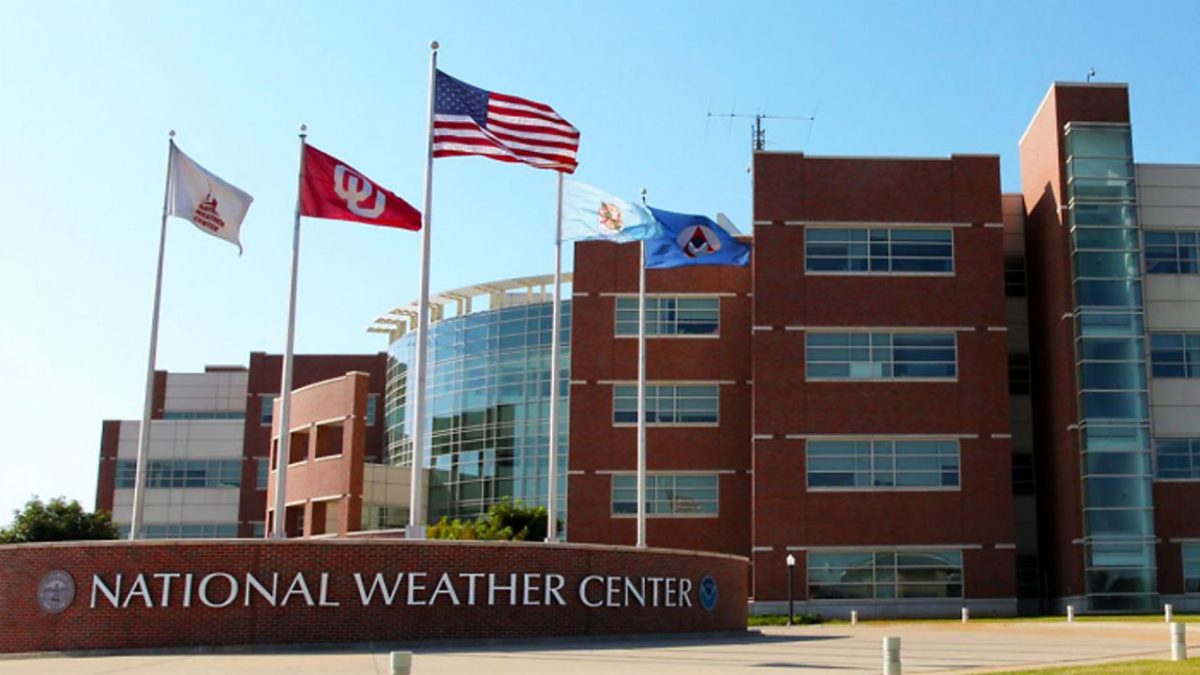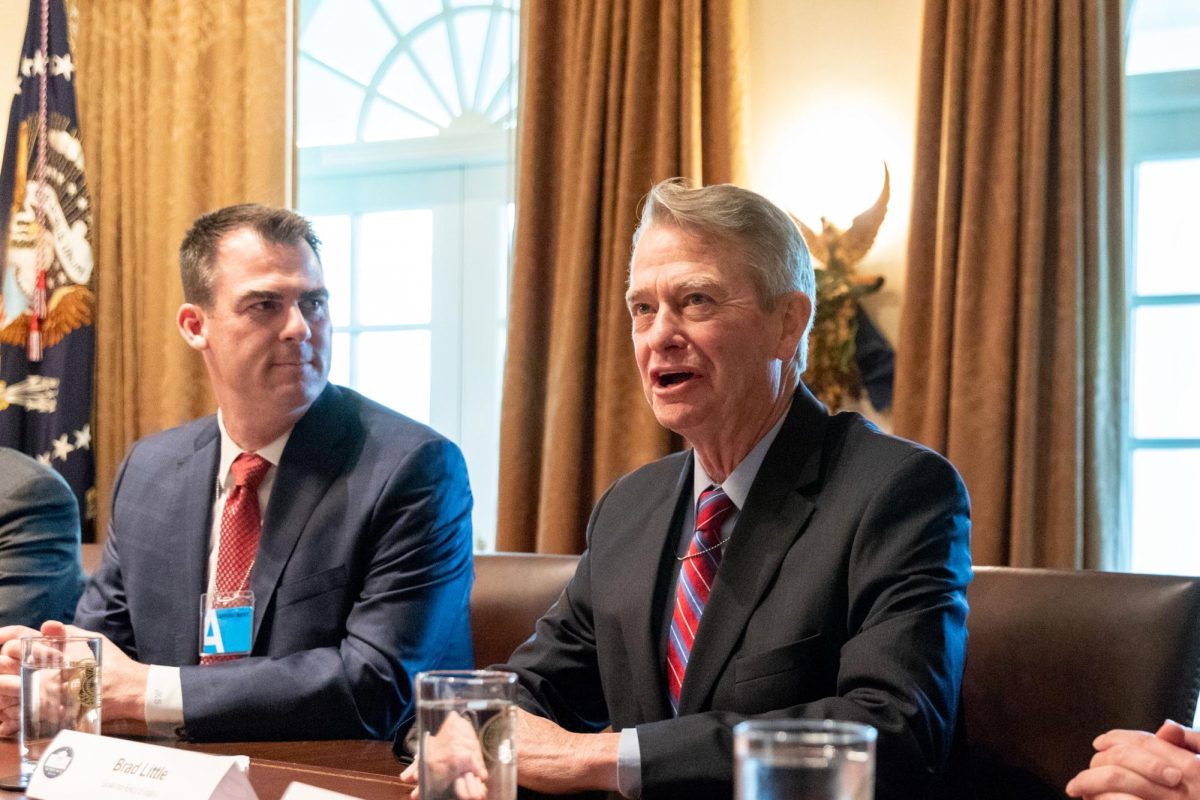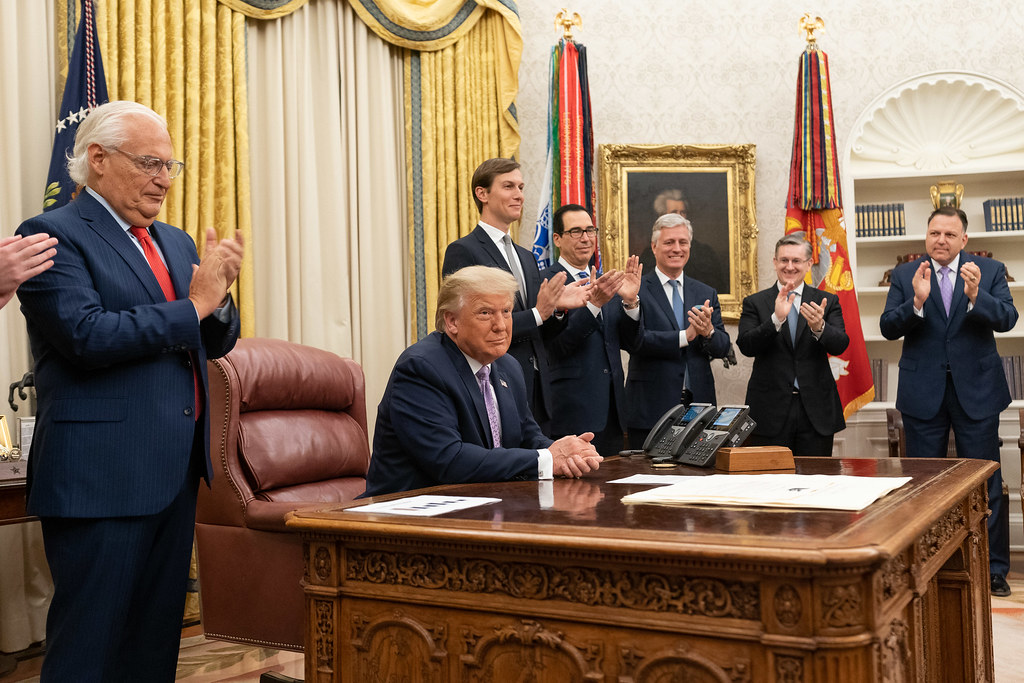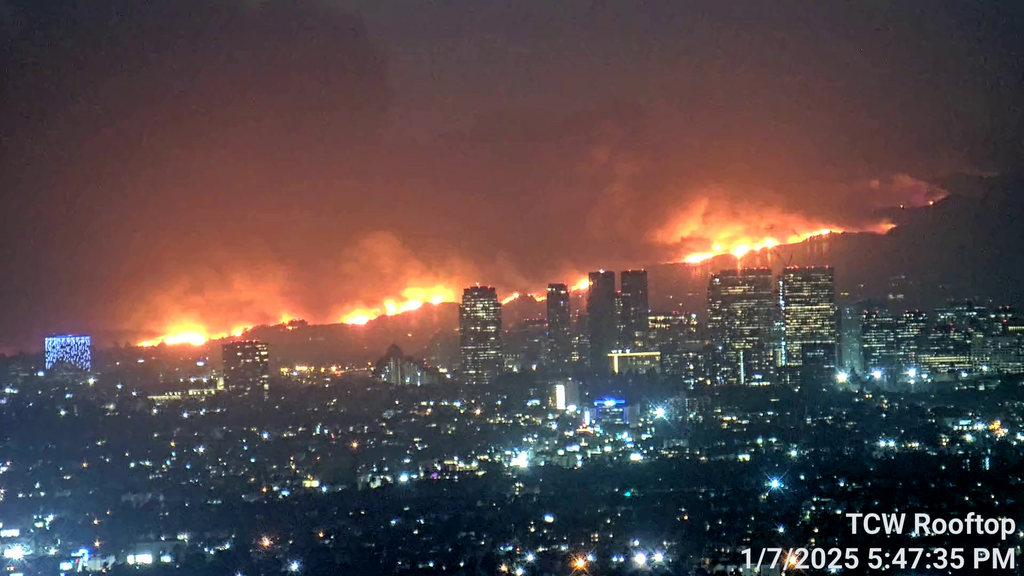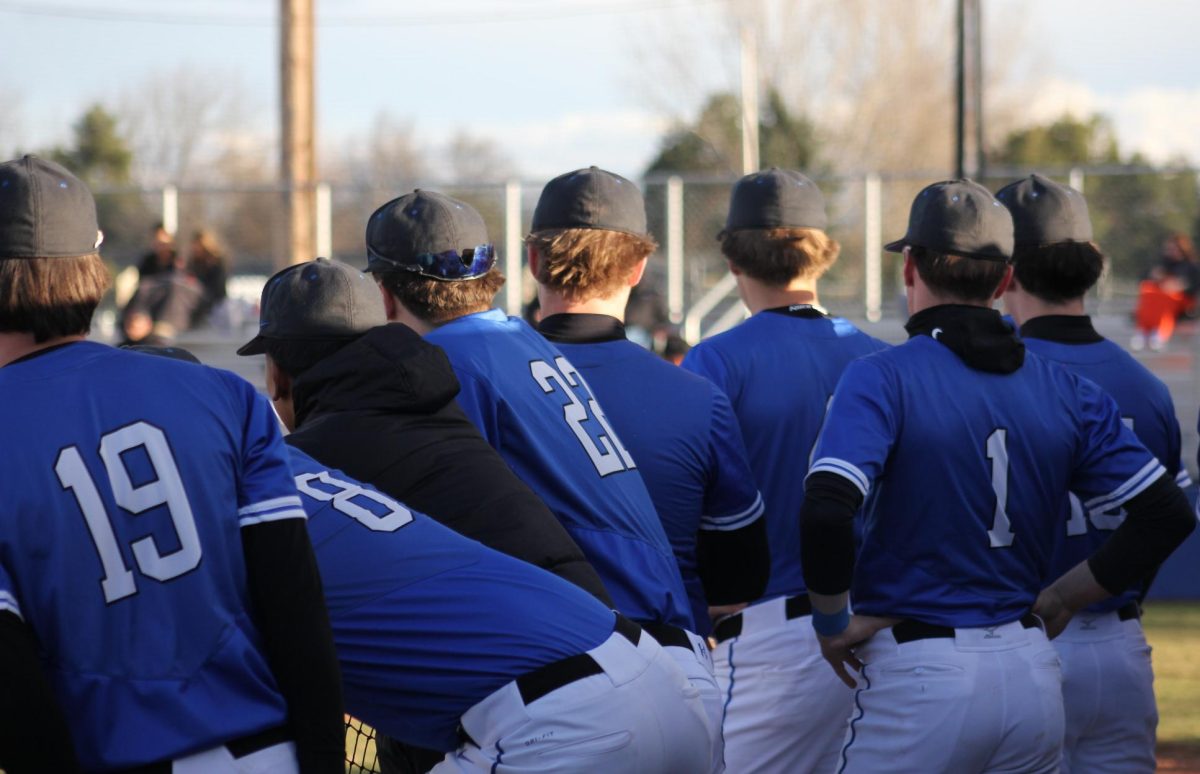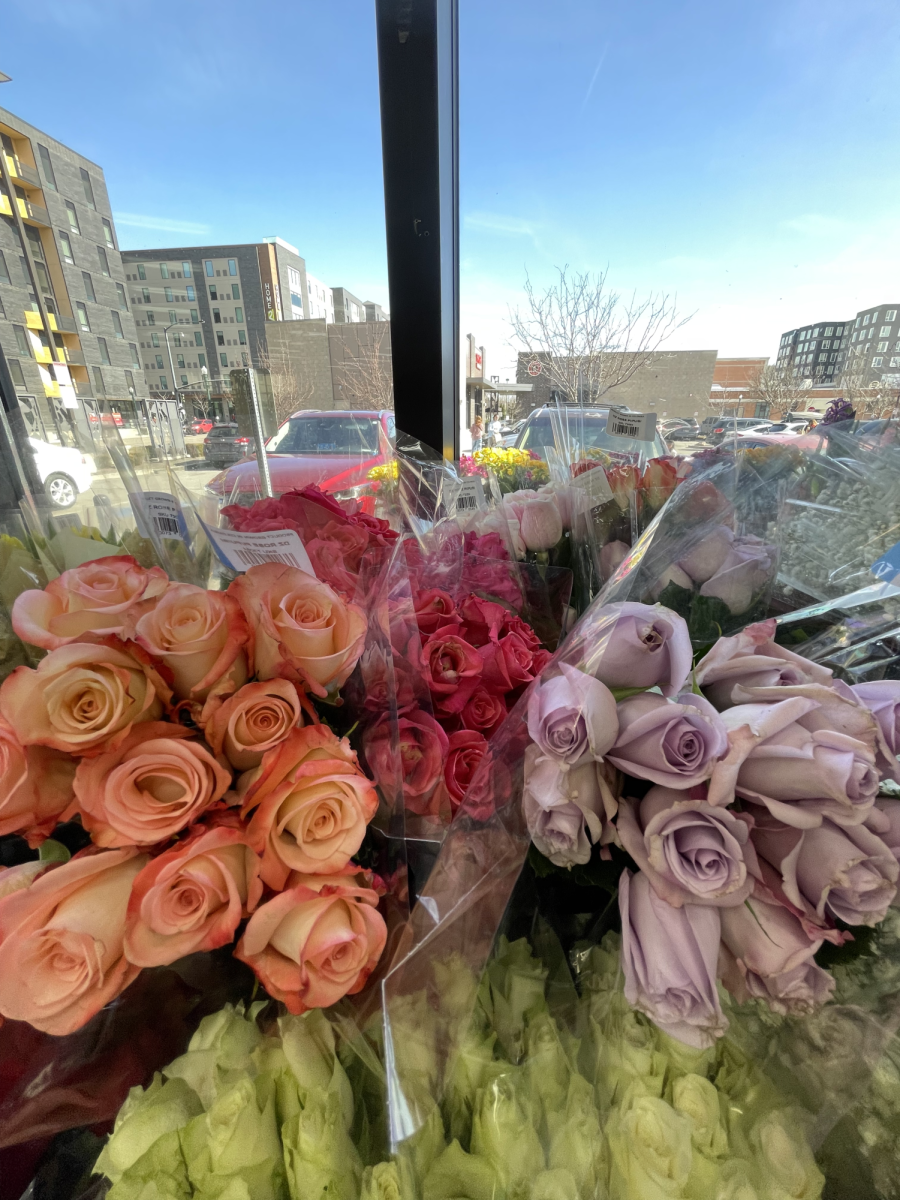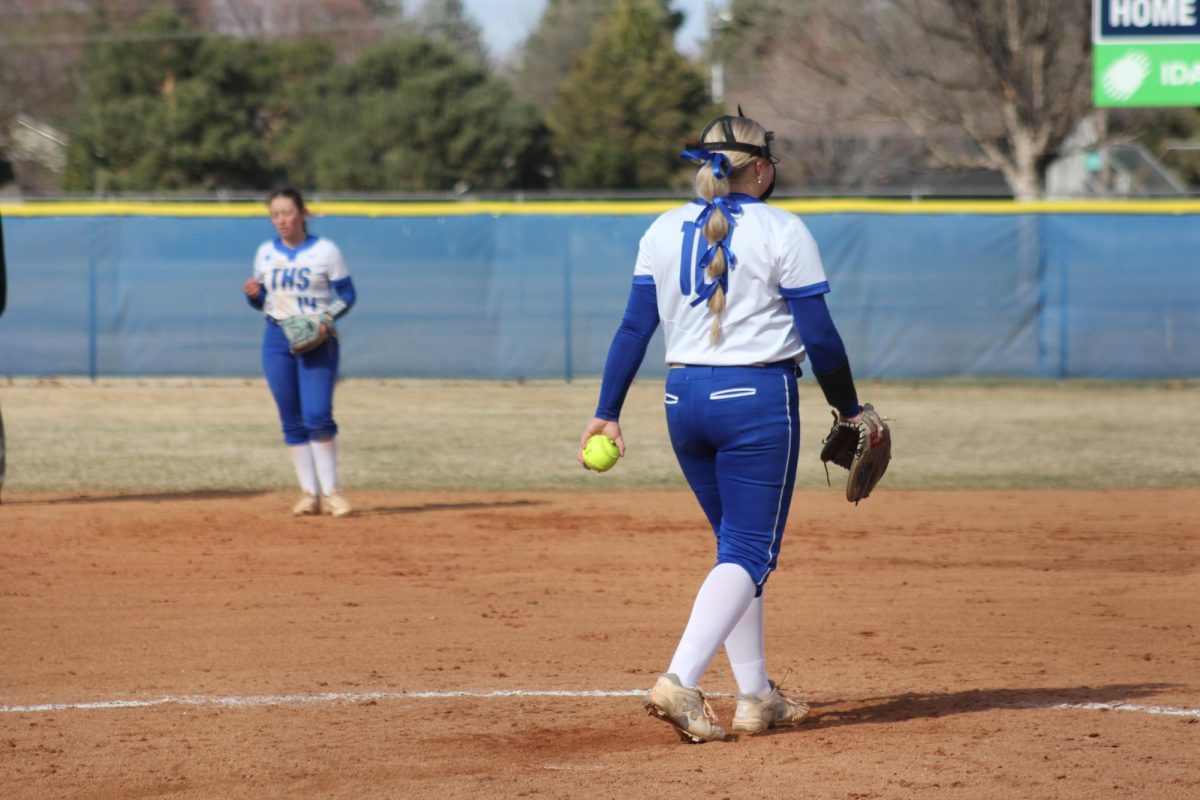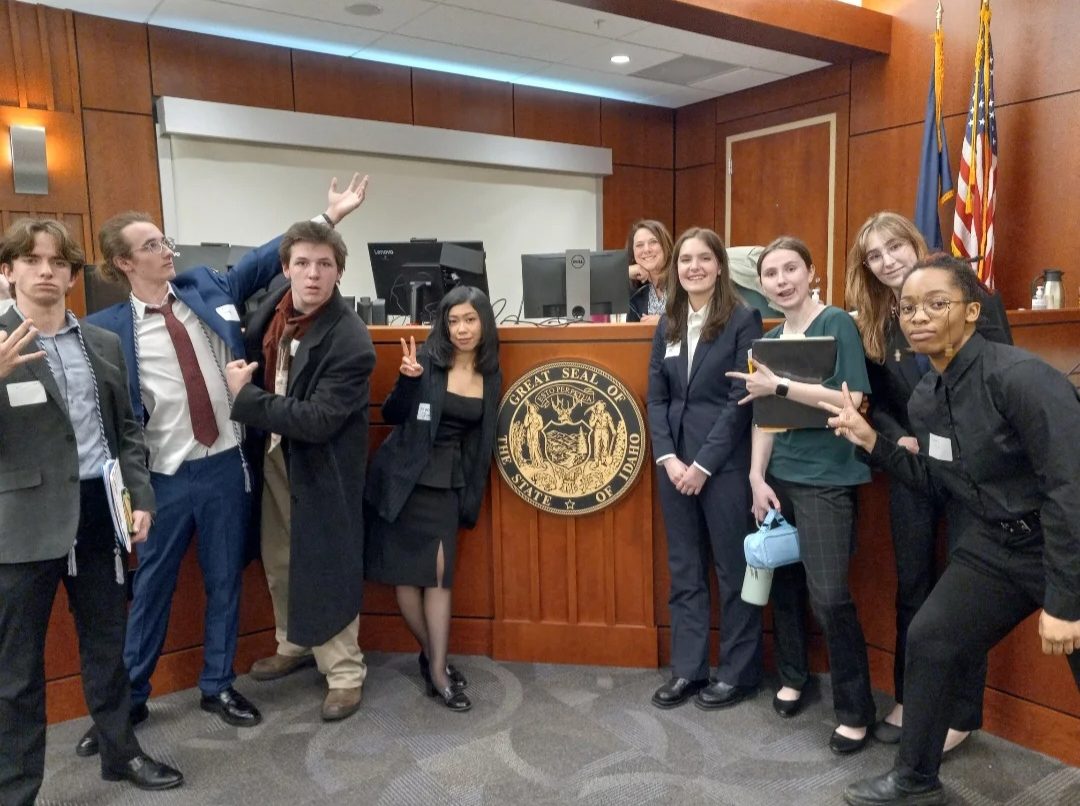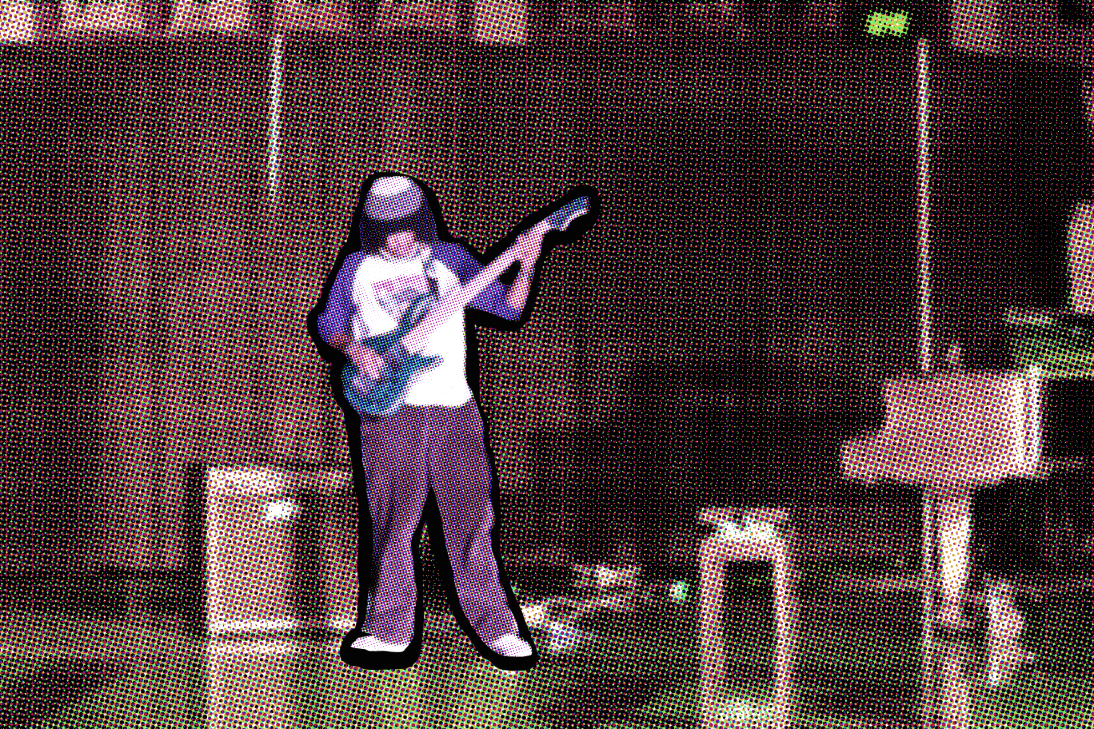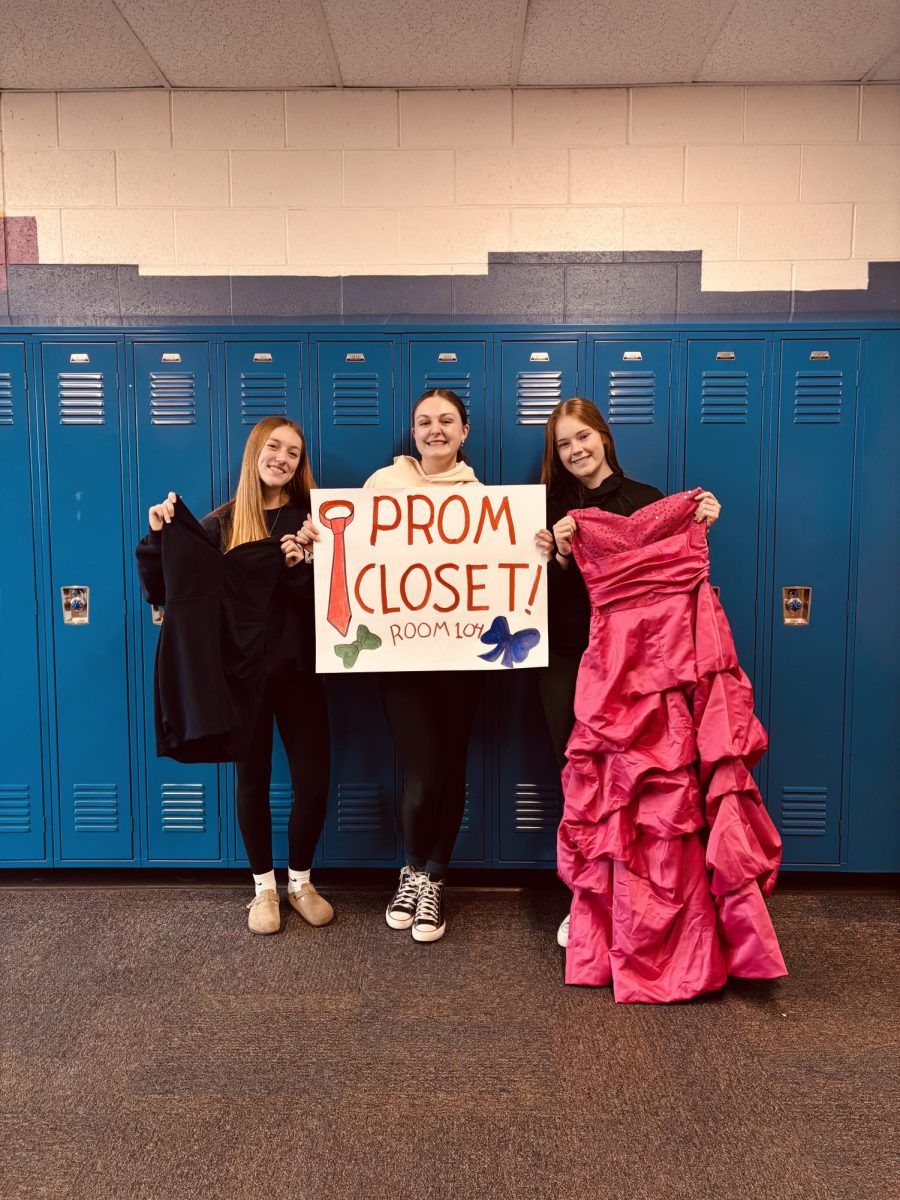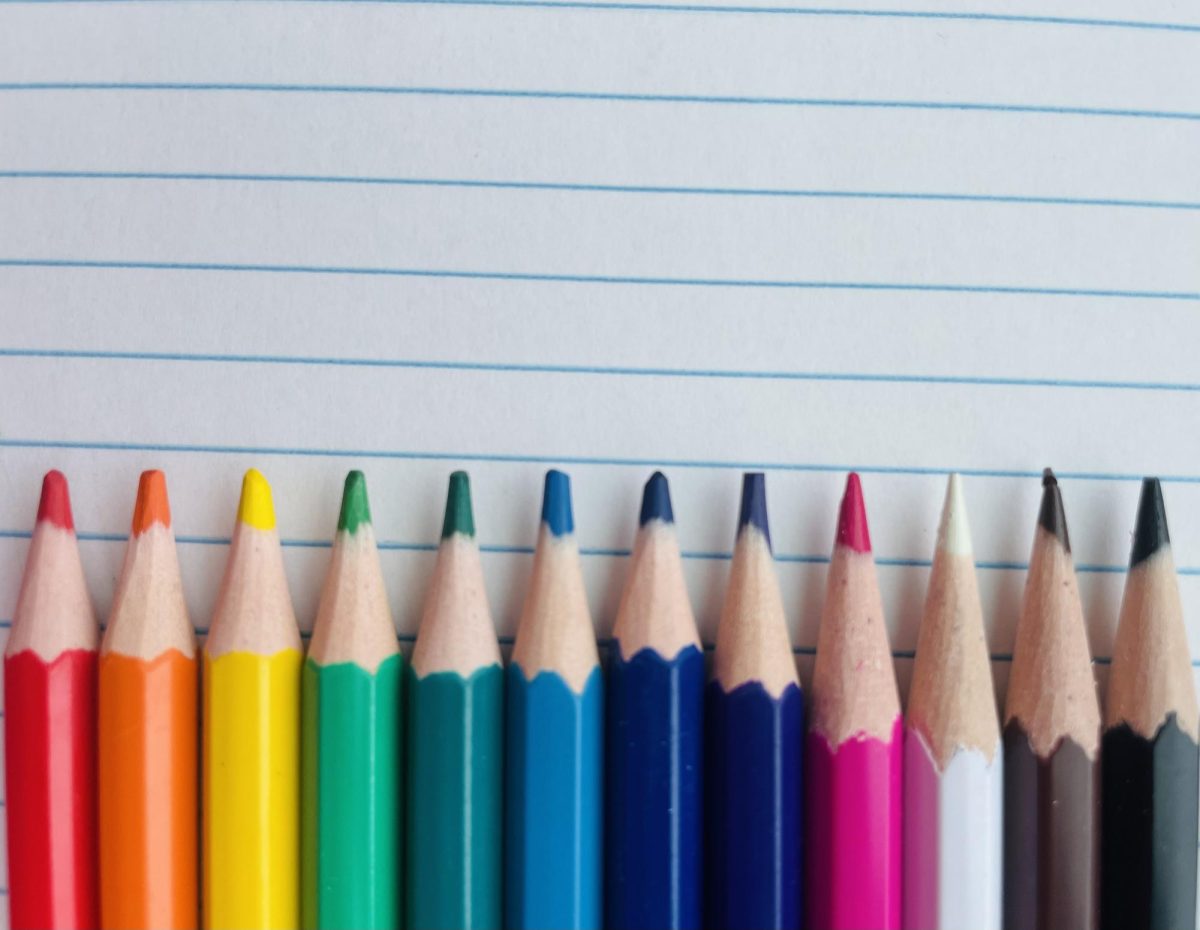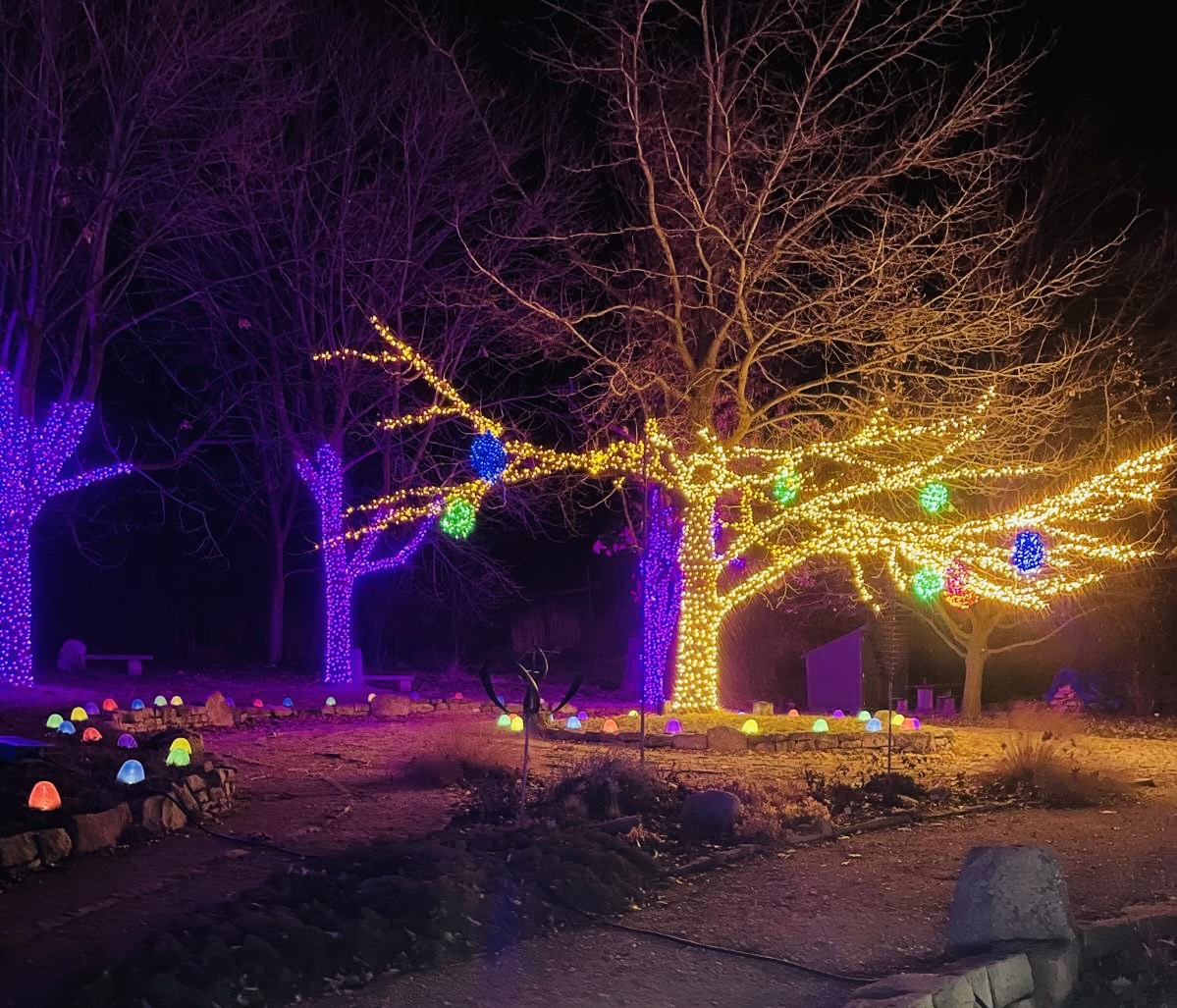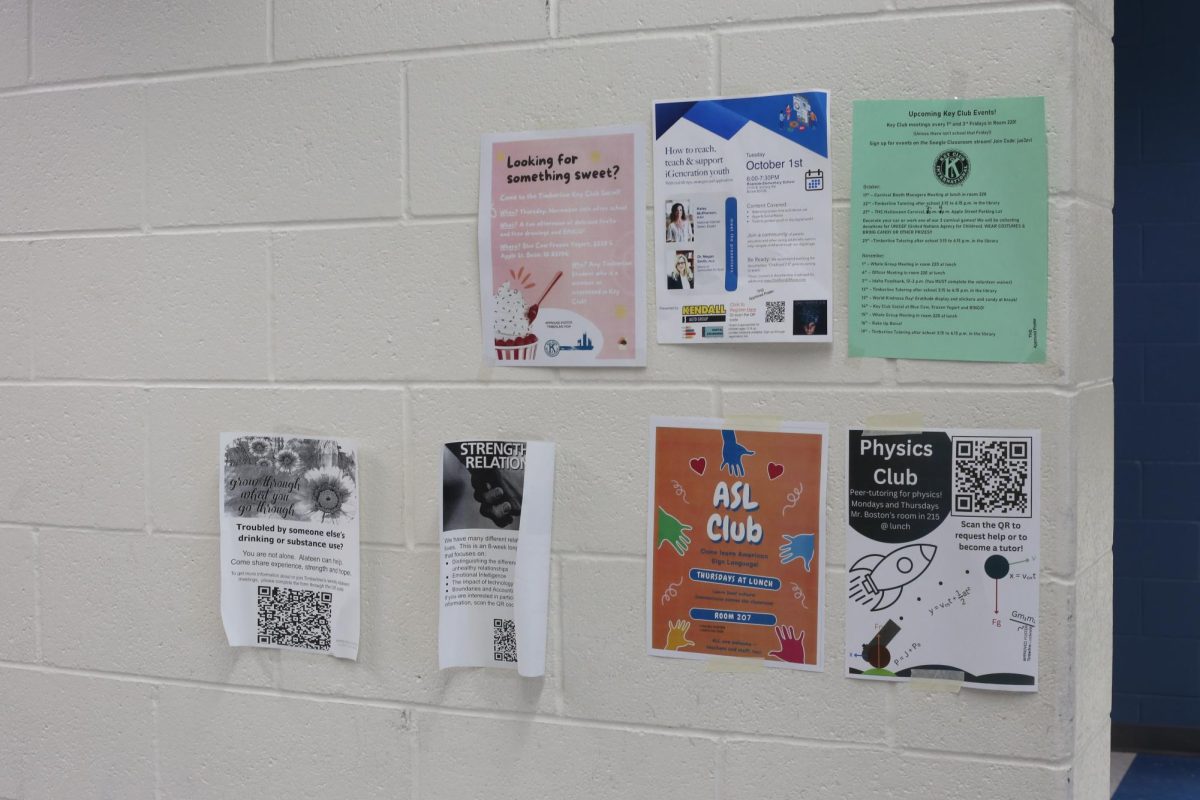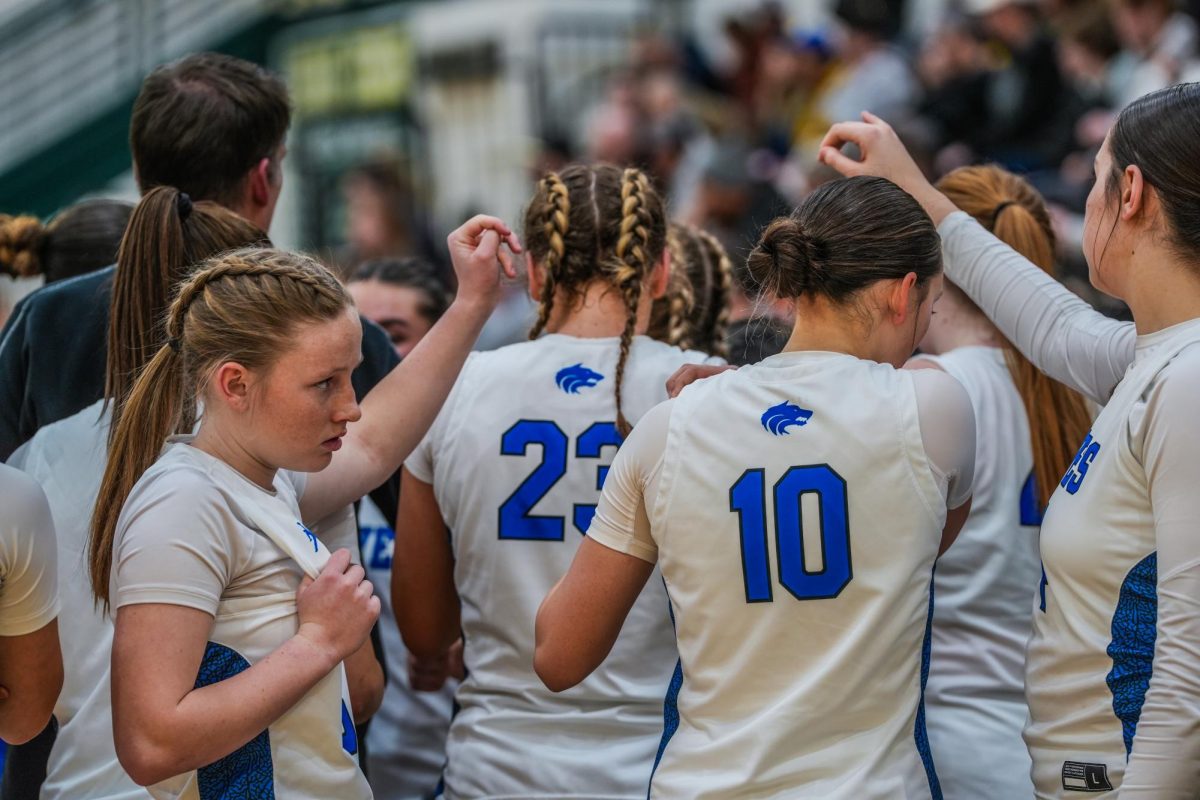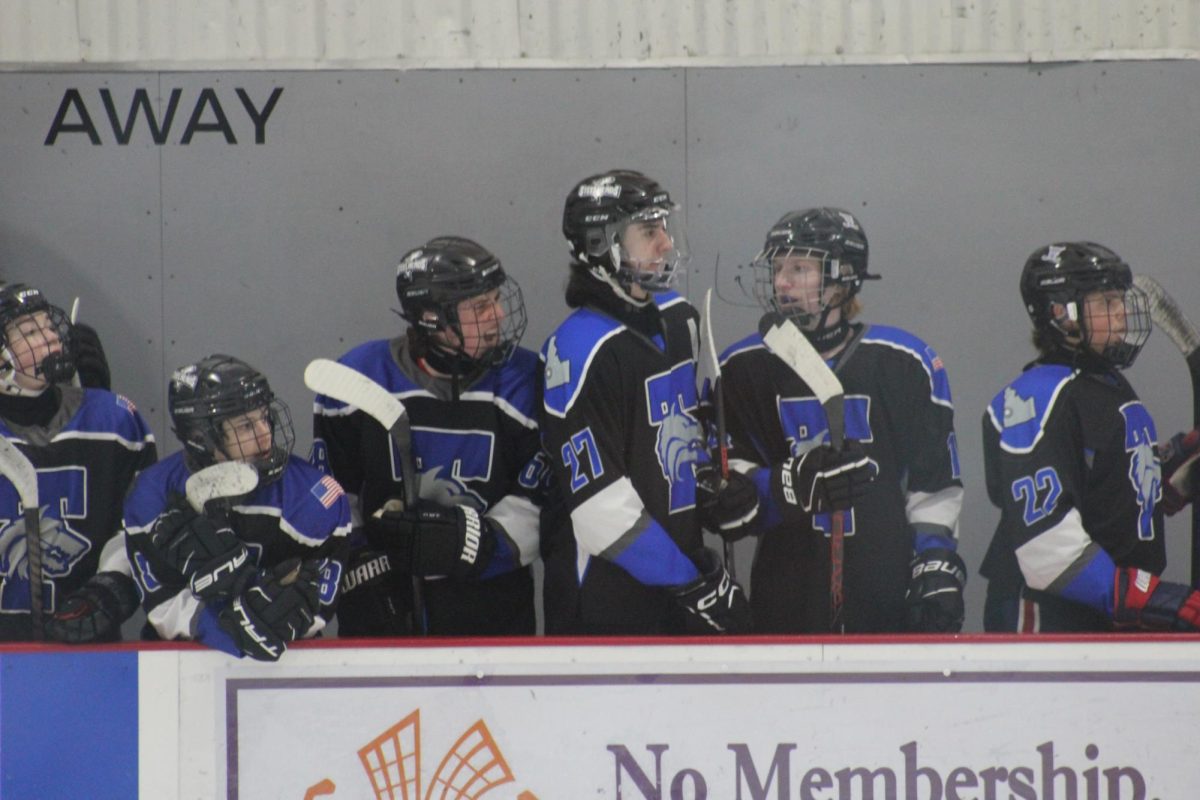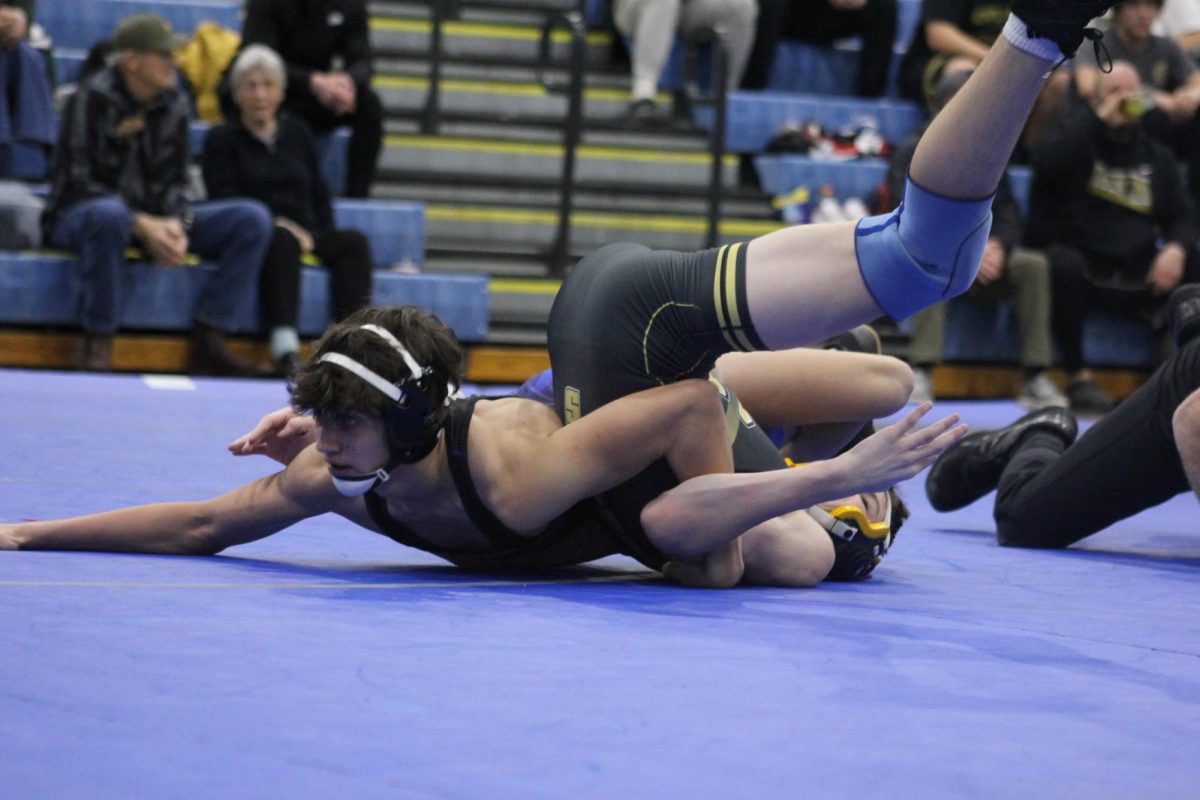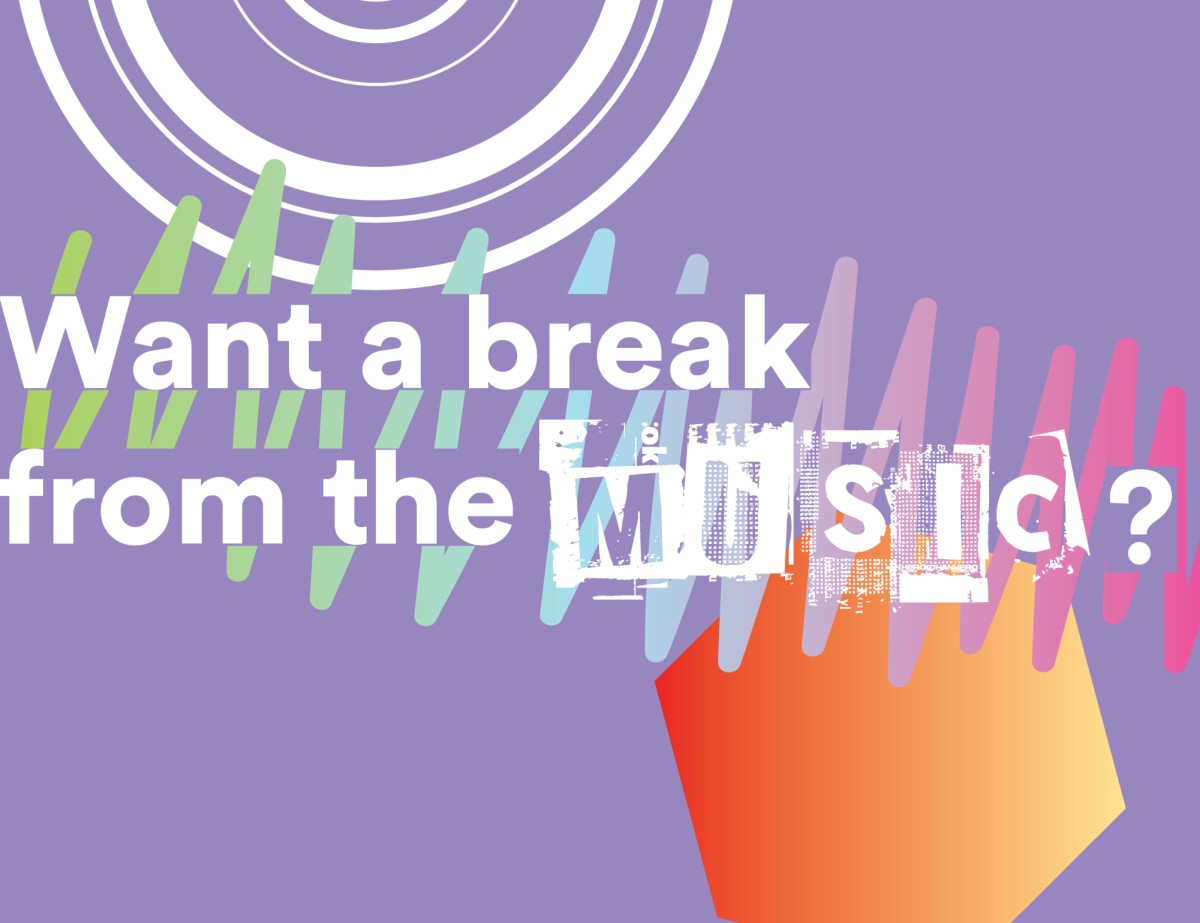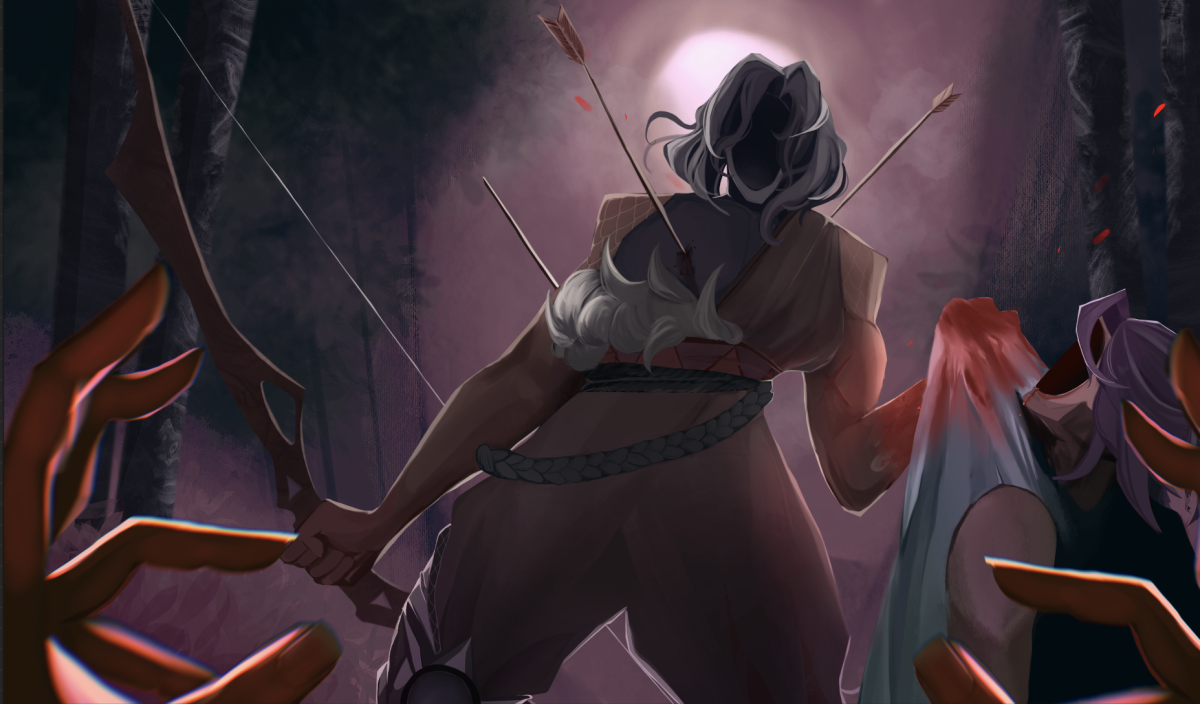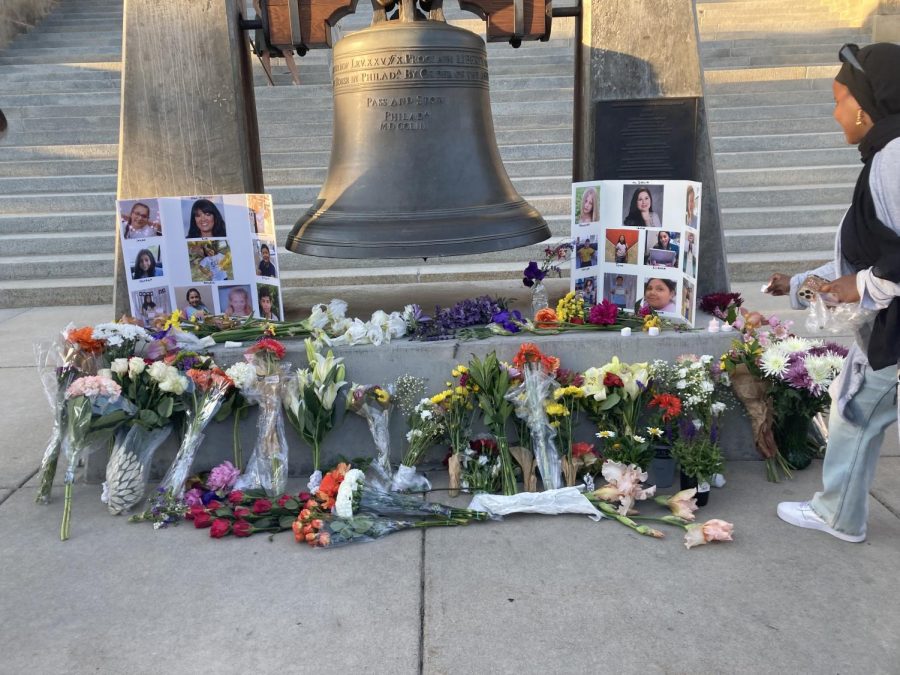Mass Shootings in 2022: What Does It All Mean?
Photo by: Cara Halford
At the Boise capitol building, flowers are placed next to the photos of those killed in the mass shooting at Robb Elementary School in Uvalde, Texas
December 19, 2022
As another year draws to a close, Americans mourn those killed in the 611 mass shootings in 2022, marking the second-worst year for gun violence in eight years. But mass shootings are nothing new in America, and every time a mass shooting occurs, it sparks debate over possible solutions. As discussions over guns and their place in mass shootings grows, perspectives ranging from political parties to pupils have come to the forefront.
At Timberline, students have a variety of opinions on gun control and mass shootings themselves. Here’s what they had to say:
Timberline’s Take on Mass Shootings in 2022
“My immediate feelings are, of course, mourning for the families and…the lives of the people that have been lost. But then after that, I wonder if this is what it’s always going to be like… when we grow up, is this how it’s going to be?” — Female sophomore
“There’s just been so many in the past year alone.. it’s just disheartening…it’s another thing you see on the day to day.” — Female Junior
“Kind of perplexing when people are doing that.. It’s difficult for me to understand.” — Male Sophomore
Shootings this year have included homicide and suicide, but most of them have been mass shootings.
The Gun Violence Archive defines “mass shooting” as “the numeric value of 4 or more shot or killed, not including the shooter.” The archive has counted at least 611 mass shootings that occurred in 2022 alone, as of early December. However, this number and the definition of mass shootings is by no means universal. Policy, law enforcement, and criminal justice experts use different parameters to classify mass shootings. Some use the number of people who died, others factor in the kind of weapon used, and still others employ the motive of the suspect. Despite these differences, most experts and databases agree on one thing: mass shootings are rising exponentially, and 2022 marks another deadly year of killings that doesn’t seem to be slowing down.
On May 24th, 2022, phones filled with notifications of another school shooting. 19 children and two teachers were shot at Robb Elementary School in Uvalde, Texas.
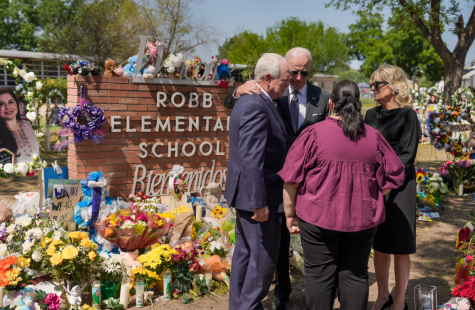
President Joe Biden and First Lady Jill Biden in Uvalde
Murals have been erected in Uvalde and across the country, with the children’s faces serving as a backdrop to protests and calls for change. These protests rose again on July 4th, when seven people were killed and dozens more injured when a gunman opened fire on an Independence Day celebration in Highland Park, Illinois. Shootings overshadowed celebration once again when five people were killed and 18 people were injured at an LGBTQ+ club in Colorado Springs, Colorado on November 20th. Just two days later, in Chesapeake, Virginia, six people were killed when a Walmart employee opened fire on his colleagues as the store closed up. Each of these shootings resulted in public outcry and an outpouring of support for the victims.
After each of these mass shootings, grief has often been followed by rage and calls for action. According to the Pew Research Center, 53% of Americans are in favor of stricter gun laws. But, not everyone is in agreement that gun laws are the solution to mass shootings. In an address following the Colorado Springs shooting, President Biden framed mass shootings as a health crisis, connected with mental health support rather than gun restrictions.
“When will we decide we’ve had enough? We must address the public health epidemic of gun violence in all of its forms,” President Biden said.
Timberline’s Take on the Gun Debate
“People are allowed to have guns…But there should be more heavy regulations on them.”– Female Senior
“I don’t think there’s been just one answer to it… instead of banning guns I think we should put higher restrictions on those who can buy guns.” — Female Junior
“I think having guns to protect yourself is fine, but there are people who get guns that shouldn’t have a gun…they shouldn’t have the responsibility to have a gun…and those people cause problems.” — Male Sophomore
“I don’t think the guns are the issue.” — Female Senior
According to Bloomberg, four out of every 100,000 people die by gun violence in the U.S. every year, and in 2022 there were 214 mass shootings within the first 145 days of 2022. With these growing figures starting to become a trend every year, cries for action have persisted, yet nationwide change can be difficult when the level of regulations vary from state to state. In California, all firearms purchases and transfers “must be made through a California licensed dealer under the Dealer’s Record of Sale (DROS) process.” In order to own a gun, the law includes a 10-day waiting period, passing a mandatory background check, and many more specific restrictions for possession. To carry a concealed firearm, a valid Carry Concealed Weapon (CCW) license specifically issued from California is required. In Texas, most people 21 or over can legally carry a handgun without a permit openly and/or concealed, with licenses also not being a requirement. Similarly, in Idaho, residents 18 years of age can carry a concealed firearm statewide without a permit except in certain designated places, unless specifically authorized. Additionally, state permits are not required for the purchasing or possession of a rifle, shotgun, or handgun.
The way to address mass shootings continues to be contested from all sides, as the source of the problem is not perceived to be the same by everyone. The National Rifle Association, also known as the NRA and commonly associated with conservative-leaning politicians, doesn’t consider restricting gun access and ownership as the key to fixing mass shootings.
“The fact is, gun control doesn’t work the way advocates argue it does,” the NRA says.
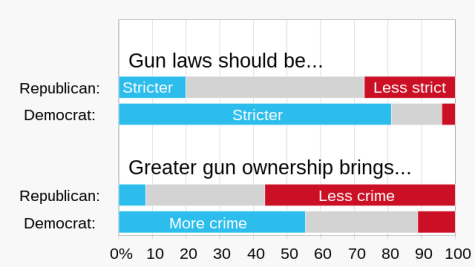
Republican and Democrat opinions from a Pew Research Center poll on gun control in the U.S.
Bringing up examples of rising criminal violence in states with stricter gun laws like New York and Chicago, Illinois the NRA argues that less guns won’t necessarily result in less mass shootings. Instead the NRA suggests a tougher crackdown on crime, and increasing the armament of law officials, concluding that self-protection will increase community protection.
But, there are those that after each mass shooting argue for more gun control nationwide. American Progress, a left-leaning media site that tends to oppose pro-rifle groups like the NRA, believes that less guns will result in less mass shootings.
American Progress has advocated for the banning of assault style rifles, defined by The Hill as “a semi-automatic firearm, meaning only a single cartridge is fired when the trigger is pulled”.
“Weapons of war should have no place in our communities”, says American Progress.
Both sides of gun control have received support and dissent from the public. But one thing that most Americans agree upon, is the fact that American identity is historically defined by guns.
Timberline’s Take on Gun Culture in the US
“I think our gun culture has led to so many people losing their lives that weren’t necessary…[in] other European countries… there’s still gun culture…but they have strict limitations regarding that; compared to the US, where you can literally go and buy a gun, or steal somebody’s gun… [with] very little consequences.” — Female Sophomore
“In schools, we don’t talk about gun culture enough, and in any history class…we don’t talk about gun culture. Even in health class, we don’t talk about mental health and violence…which greatly affects how kids and teenagers are going to view guns.” — Female Sophomore
“Our gun culture is a repetitive cycle that people are choosing to ignore…We’re not remembering all the lives that have been lost…and I think because of this culture, we’re not learning from our past mistakes.” — Female Sophomore
“I feel like [the US] has a very unique gun culture, and it has both good and bad parts in its system.” — Male Sophomore
The US has grown to be a notable country for its gun culture compared to its Western counterparts in accessibility, legal restrictions, and the societal stance towards owning guns. Among developed countries, the US is found to be an outlier to this day, where meaningful changes addressing it are not as transformational. According to the New York Times, even though a gun culture has been present in other developed countries, meaningful policy changes have been made to address it:
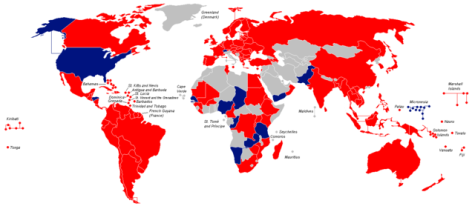
Gun policies around the globe
Blue-permissive laws
Red-restrictive laws
Gray-not included
- Britain: After a man legally owning two semi-automatic rifles and a handgun killed 16 people in 1987, the government banned the types of semiautomatic weapons used in the shooting, and mandated shotgun owners to register their weapons with the police. Later, most handguns were banned, and now Britain has one of the lowest rates of gun ownership and gun homicide in the world, according to data collected by Small Arms Survey, a global organization that tracks international gun ownership.
- Australia: Following a mass shooting in 1996 that killed 35 people, sweeping gun restrictions were made, including a national registry for future gun owners, a 28-day wait period, and a licensing process to own a gun. Since then, the rate of mass shootings have plummeted, where as of 2021, Australia has never had another mass shooting since 1996.
- Canada: Gun restrictions were tightened after a mass shooting in 1989, killing 14 female college students. Licenses eventually became required for shotguns and rifles, and now, firearms have to be registered with the authorities. As of 2020, Canada’s gun homicide rate was an eighth of the rate in the US.
However, the US has historically implemented several gun laws which helped set the precedent for gun control today. On June 26, 1934, the National Firearms Act was passed, marking the first piece of national gun legislation in the US. It imposed a tax on manufacturing, selling, and transporting firearms listed in the law. Later in 1968, following the assassinations of President John F. Kennedy, Attorney General Robert F. Kennedy and Dr. Martin Luther King Jr, President Lyndon Johnson pushed to pass the Gun Control Act of 1968, imposing age restrictions on gun purchases (owners must be over 21), prohibiting felons, the mentally ill, and others from purchasing guns. These measures have helped shape US society’s multifaceted stance on guns now. Now with 2022 coming to an end, and marking another year of frequent mass shootings, many search for meaningful solutions to address the issue among nationwide debates.
Timberline’s Take on Solutions for Mass Shootings
“There should be far more background checks into who can get a gun, and how they can get a gun…A lot of kids pretend like ‘Oh, it’s happening elsewhere’, ‘it’s not happening at my school’, until it happens at their school…we can no longer be super reactive; we have to be proactive.” — Female Sophomore
“I think there should be policies for controlling access to guns rather than the ownership of guns.” — Male Sophomore
“I think in order to address a problem, you’ll really have to start at the root…I very much believe in the 2nd Amendment; I understand that it’ll never go away, and I don’t think it should–I think everyone has a right to defend themselves. But I also believe that our peers and communities have a right to feel safe.” — Female Sophomore
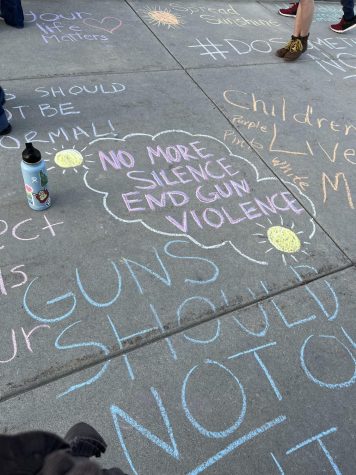
Messages written in chalk by students at a vigil in Boise for the Uvalde victims (May 2022)
Organizations have emerged to address growing mass shootings in the US, with one of the most notable ones being March For Our Lives (MFOL). Stated in their website, the national organization’s mission reads: “Born out of a tragic school shooting, March For Our Lives is a courageous youth-led movement dedicated to promoting civic engagement, education, and direct action by youth to eliminate the epidemic of gun violence.” Amaia Clayton, the director of Idaho’s MFOL Chapter, stated in an interview that “MFOL Idaho recognizes the complexity of gun violence and mass shootings, but sees hatred as a main cause of what we experience. Violent rhetoric, access to guns, and gun culture also contribute to this,” said Clayton.
Finding solutions and making meaningful efforts to create change is one of the priorities of MFOL, where Idaho’s Chapter has worked with legislators to find solutions. However, in this mission to find productive outcomes, the Chapter has met roadblocks where “We aim for community conversations with people of all different backgrounds and beliefs to help end gun violence, but often this is difficult when responses to our advocacy consist of people accusing us of wanting to take away all guns,” said Clayton.
In a polarizing time where gun issues are confronted at different angles from different groups, meaningful change can be a difficult process where there are different ideas coming across communities.
Greg Pruett, the president of The Second Amendment Alliance, stated in an interview that “We are a grassroots non-profit gun rights group here in the state of Idaho…I founded the organization back in 2012 because I kind of got sick of all of the politicians telling me how pro-2nd Amendment they were, and they get to the Capitol and do absolutely nothing to fight for gun owners.”
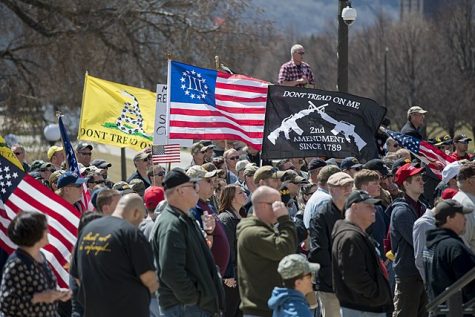
Rally protesting gun control measures in St. Paul, Minnesota
With the local non-profit organization advocating for no restrictions on gun possession in Idaho, Pruett shared that “My primary goal when I started the organization was to pass constitutional carry, which means that you can carry without a permit; you don’t have to get permission from the government.”
These efforts from organizations constitute pushes for change towards gun legislation at the state level. However, the US has also experienced federal efforts towards gun restrictions. In response to the shooting at Robb Elementary School on May 24th in Uvalde, Texas, Congress passed a bill to strengthen background checks for those seeking to purchase a gun under the age of 21. When President Biden signed the bill into law, the passage of the law marked notable progress in implementing more effective gun legislation, as “Congress had not passed any gun legislation of similar scope in nearly three decades,” reported the Texas Tribune. The bill includes incentives for states to impose red flag laws, allowing courts to temporarily confiscate firearms from anyone believed to be of potential harm to themselves or others. It also encourages states to provide a more comprehensive background check for those ages 18-21 seeking to buy a gun. However, even though these series of measures constitute an overarching nationwide effort to address the growing gun issues in the US, the families of loved ones who have fallen victim to these mass shootings demand other forms of change.
The Sandy Hook Promise is a non-profit organization founded and led by family members whose loved ones were killed in the mass shooting at Sandy Hook Elementary School in Newtown, Connecticut on December 14th, 2012. The organization’s purpose is to protect kids from gun violence in schools with other measures beyond legislative action on the government level. Its mission originated from concerns over factors contributing to school shootings.
From school shootings to mall shootings, mass shootings have become a part of American life, and as demonstrated by the multitude of opinions from Timberline students’, there is no simple solution to them. But solutions from all sides are being proposed. Yet, policy makers are running against the clock, as everyone holds their breath for the next mass shooting to occur and for the cycle of deliberation to begin again. 2022 was full of these cycles, only time will tell if 2023 will be the same.
